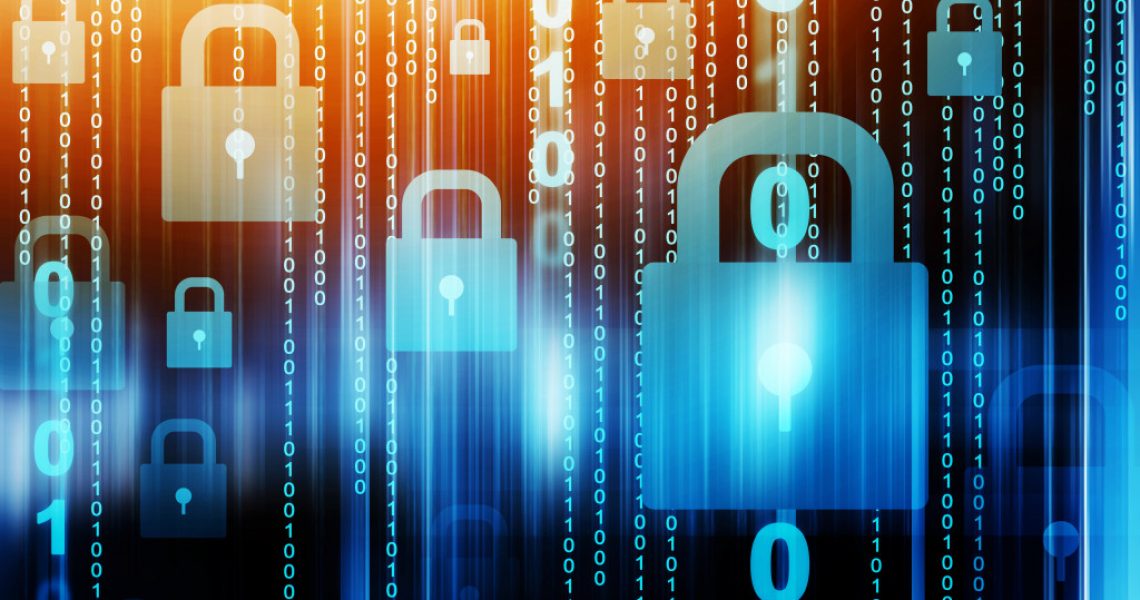- Multi-factor authentication requires two forms of ID to secure your systems and data.
- Cloud security involves implementing encryption, firewalls, and access controls. Cloud providers also have their own security measures.
- Threat intelligence uses algorithms and AI to detect anomalies and identify potential security threats.
- IoT devices need extra security measures such as encryption, access control, and firmware updates.
- Physical security hardware like key cards, cameras, alarm systems, and electromagnetic locks can help secure premises.
As technology advances, businesses must keep up with the latest security measures to protect their data and assets. With the rise of cybercrime and data breaches, relying on traditional security measures is no longer enough.
Today, businesses need to invest in the latest technological advances in security to stay one step ahead of the criminals. In this blog, you will learn about the top technological advances in security that all businesses should invest in.
Multi-Factor Authentication (MFA)
Multi-factor authentication is quickly becoming a necessary security measure for all businesses, big or small. This authentication method requires at least two forms of identification before granting access to a system or application.
For example, users may need to enter a password and then use their fingerprint to authenticate themselves. This extra layer of security makes it much more difficult for hackers to gain unauthorized access to your business’s systems and data.
Cloud Security
As more businesses move their critical data and applications to the cloud, the need for cloud security becomes paramount. Cloud providers offer robust security measures, including encryption, firewalls, and access controls. However, businesses also need to be aware of their own security responsibilities when using cloud services. This includes implementing solid passwords, monitoring access to systems and applications, and regularly backing up data.
Threat Intelligence
Threat intelligence involves collecting and analyzing data from a variety of sources to identify potential security threats. This information can then be used to proactively detect and prevent cyberattacks before they happen.
Threat intelligence tools use advanced algorithms and artificial intelligence to detect anomalous behavior and identify potential security threats. By investing in a threat intelligence solution, businesses can stay ahead of the latest threats and keep their systems and data secure.
Internet of Things (IoT) Security

As businesses continue to adopt IoT devices, the need for IoT security becomes increasingly important. IoT devices are often not designed with security in mind, which makes them vulnerable to cyberattacks. To address this, businesses need to invest in IoT security solutions that can detect and prevent unauthorized access to these devices. This includes implementing access controls, encryption, and regular firmware updates.
Physical Security Hardware
Of course, security isn’t just limited to digital measures. Businesses also need to invest in physical security hardware such as the following:
Key cards
Key cards are a great way to restrict access to certain areas of your business premises. This ensures that only authorized personnel can access sensitive information and equipment.
Security cameras
Security cameras are essential for monitoring physical activity around the premises. This helps to deter criminals and provides a record of any suspicious activities that may occur on the property.
Alarm systems
Alarm systems are an excellent way to detect any unauthorized entry into your premises. These devices can be programmed to alert the police and security personnel when they detect any potential intrusions.
Electromagnetic locks
Investing in an electromagnetic lock is a great way to secure exterior doors and gates. These devices lock automatically when power is cut off, ensuring that unauthorized personnel can’t access the premises. They can also be integrated seamlessly into your access control system.
By investing in innovative physical security hardware, you can ensure that your business premises and data are always safe and secure.
Employee Training

While not a technological advance per se, employee training is a crucial element of any comprehensive security strategy. It’s essential that all employees are aware of the latest security threats and know how to identify and respond to them.
This includes training on how to create strong passwords, how to recognize phishing emails, and how to report security incidents. By investing in employee training, businesses can develop a culture of security awareness and reduce the risk of a costly data breach.
Businesses need to invest in the latest technological advances in security if they want to protect their data and assets. This includes multi-factor authentication, cloud security, threat intelligence, IoT security, physical security hardware, and employee training. By taking these measures into consideration and investing in the right technologies, businesses can ensure that their systems remain secure and protected.

